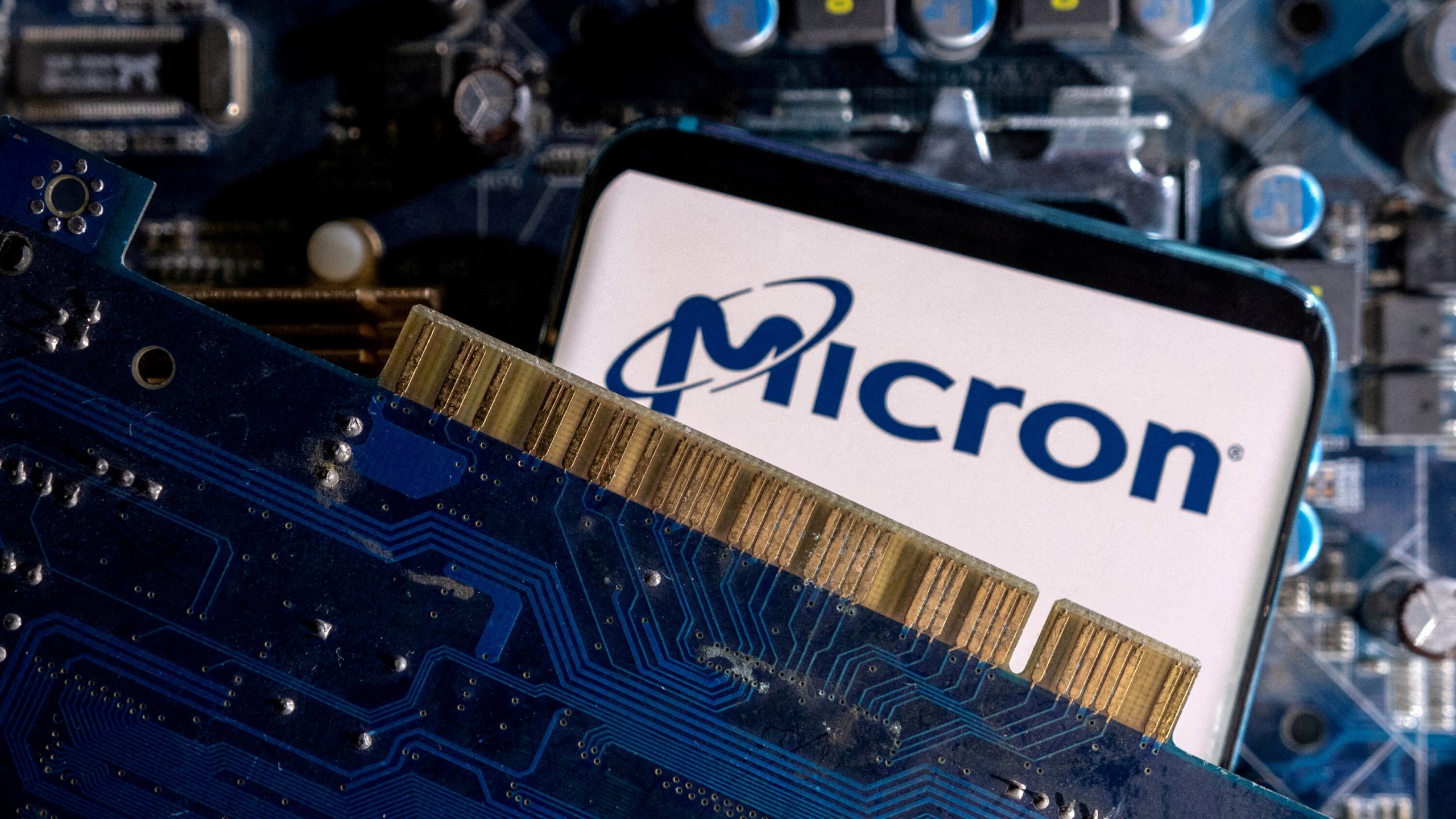Share This Article
Micron Technology plans to manufacture DRAM chips in Japan
US-based Micron Technology will invest US$3.6 billion to expand its manufacturing capacity in Japan. The new facility will produce innovative DRAM chips.
Production will take place at the company’s Hiroshima plant. The plant will be modernised and equipped with advanced equipment to automate key technological processes. The plant will use EUV lithography technology, with systems supplied by ASML. This solution would make Micron the first manufacturer to use this chip production method. The company aims to maximise productivity and improve product quality. The Japanese government supports capacity expansion. The facility is expected to be operational in 2025.
Micron’s main products are DRAM and NAND memory chips, CMOS sensors and SSDs. The company sells its products to end users under the Crucial brand.

Micron Technology history
Founded in 1978, Micron is one of the largest semiconductor manufacturers in the US and the world. It has several business units. The company co-founded IMFT with Intel in 2006 for the production of NAND chips, while the production of CMOS matrices is handled by Aptina, which now operates independently.
In 2021, Micron unveiled new chip technology that is 15% more power efficient and 35% higher bit density than similar chips. This increases the capacity per chip to 16GB.
Tensions between the US and China have affected Micron’s business. In May, China restricted the sale of the US company’s products on its market. The regulator attributed its decision to the country’s security risks posed by Micron’s developments. The company’s management disagrees with this decision by the Chinese authorities and is in talks with them to lift the restrictions. The US government has also joined the dialogue. According to the US government, China’s actions contradict its stated position that the country is open for business and only follows legal norms.
According to Bloomberg, the restrictions on sales to US companies are China’s response to the position taken by the G7 countries at the meeting in Japan. At that time, the countries announced a strategy to reduce their dependence on supplies from China, focusing on critical sectors of the economy. In this way, the countries want to avoid China’s dominance in some areas. Trade disputes between Beijing and Washington and a ban on the use of US military technology and products also play a role.

